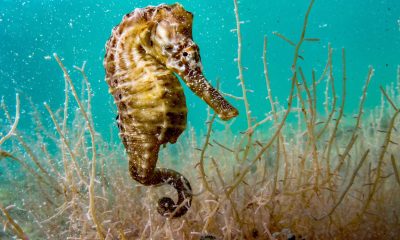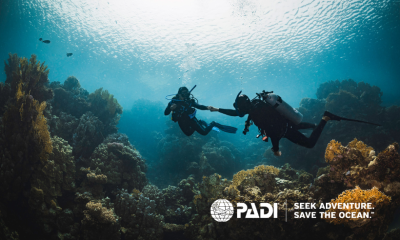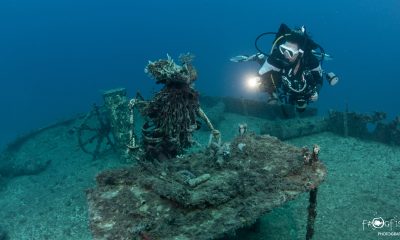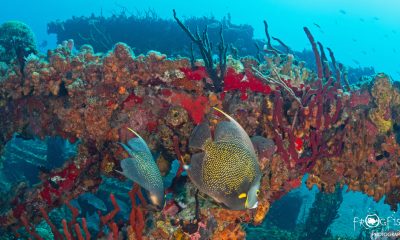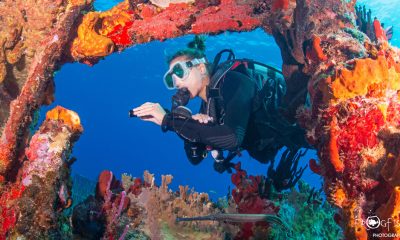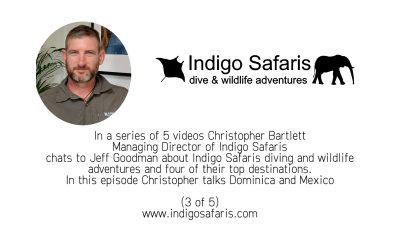Blogs
Dive Fest Diaries – Day 2

Each year the magical, Caribbean island of Barbados holds a festival to celebrate scuba diving, free diving and marine conservation. This year, Nick and Caroline went along to see what it was all about…
Thursday 5th July: Day 2
Refreshed and ready to go, we awoke to a bright sunny day in Barbados. We were back diving with West Side Scuba Centre and the plan for the day was some more west coast diving in the morning, followed by a night dive. Whilst we were diving, other centres were involved in introducing people to freediving as well as scuba diving, with events going on at different locations around the island, but we were here to dive!
Our diving equipment had been rinsed and dried off by the team at WSSC and so by the time we arrived at The Boatyard, the dive boat was fully loaded and we were ready to go. Our first dive saw us head out to the outer reef and a dive site called Castle. The reef was covered in huge barrel sponges – it was incredible! Everywhere you looked, these purple towers reached out from the reef bed.
We found shrimps hiding within them and lobsters taking cover at their bases. Turtles grazed, undisturbed by the divers drifting past in a light current. All the dive guides here carry spears to hunt any lionfish found on a dive, and there is even a competition during Dive Fest. Our guide caught one of the invasive species during the dive, showing expert skill. We let the current take us along the top of the reef, enjoying the reef-scape, until it was time to ascend back to the boat, which had been following our guide’s SMB.
We headed back to the dock to drop off some divers doing just one dive that day and then headed back out to one of the signature dives of Barbados – Carlisle Bay. Here a host of wrecks have been sunk in shallow water to create an underwater park for divers and snorkelers alike. You can take it slowly and examine each wreck as an individual dive, or you can move a little faster and take in a few. The beauty is, that as the site is so shallow, you have plenty of time underwater. Whilst we have dived here before, we had never ventured inside the Bajan Queen wreck, and so this lady was our dive plan. On our way, we came across the biggest stingray we have even seen, skimming over the reef that skirts the wrecks at Carlisle Bay.
The inside of the Bajan Queen is wonderfully atmospheric. The light penetrates through the gloom in sunbursts where doorways and hatches in the metal structure look up to the surface. Every now and then, you might get a flash of red as a fish swims through a shaft of sunlight. There is plenty of room to swim through the boiler room and into the quarters at each end and we had the place to ourselves – it was wonderful. Outside, schools of fish were hanging out at the propeller of the Bajan Queen, creating an attraction for both the divers and freedivers that visit the site. We still had time, after our exploration on the Bajan Queen, to visit two other wrecks, each one with its own ecosystem and highlights. We could dive this site every day and never get bored.
We had an extended lunch at the Radisson Aquatica, whilst discussing their plan to reduce single-use plastics in the hotel. Already they are using compostable food containers and cups, and provide a re-hydration station where fresh water with tropical fruits tempt guests away from plastic water bottles. It was refreshing to hear such a positive, conservation-minded vibe from a major hotel and to hear how passionate they were about the marine life just a stones thrown from where we were sitting.
Our final dive of the day saw us heading back to Carlisle Bay to dive the wrecks as a night dive. We jumped in as dusk fell, allowing our eyes to adjust to the gloom and the darkness to fall around us while we were on the dive. As expected, just like our daytime dive, there was a huge array of marine life. Nick found a tiny seahorse clinging to a small sponge on the seabed as we swam between wrecks. A turtle cruised past and an octopus displayed as the camera focussed in on it.
To top off the day, we ate dinner at the fabulous Waterfront Café to the sound of a live jazz band. Delicious, cold cocktails and great food by the waterside was, without a doubt, the perfect way to end the day.
Want to join in on all the fun at Dive Fest Barbados 2019 – put the dates in your diary: 3rd to 7th July 2019
Blogs
BVI Wreck Week – Diving (Part 3)

![]() BVI Wreck Week allowed us to dive several of the wrecks the BVI has to offer, as well as sampling some of the best reef sites too. Our previous blog focused on the wreck of the RMS Rhone, so in this one we will try to give you a taste of the rest of the diving on offer.
BVI Wreck Week allowed us to dive several of the wrecks the BVI has to offer, as well as sampling some of the best reef sites too. Our previous blog focused on the wreck of the RMS Rhone, so in this one we will try to give you a taste of the rest of the diving on offer.
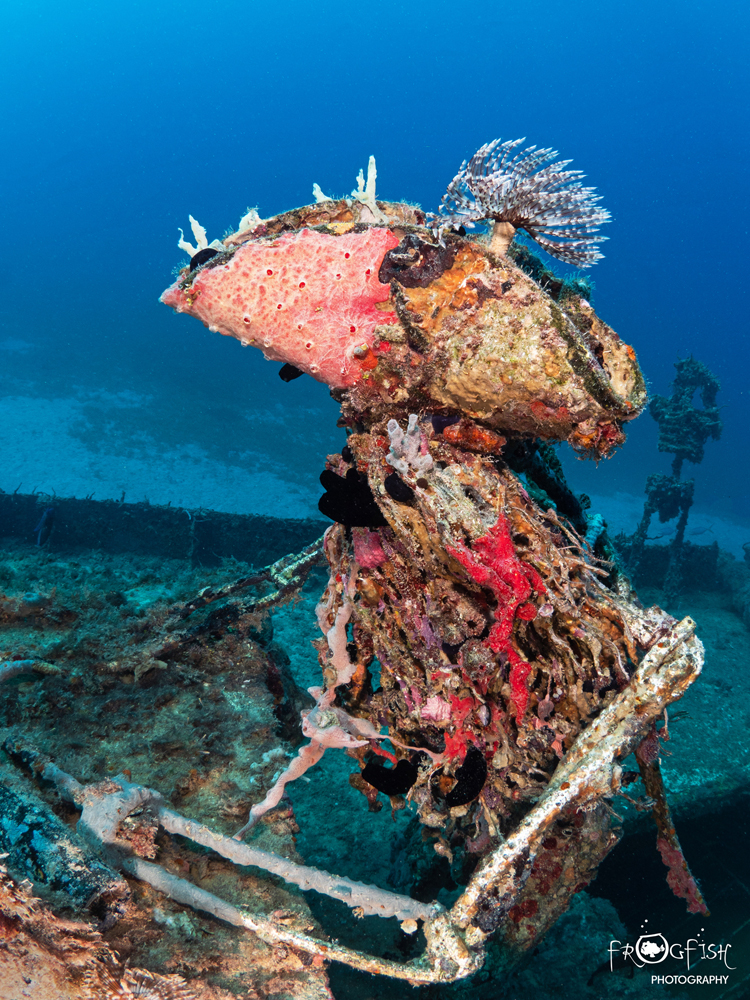
And there is a great deal of wonderful diving to tell you about. Our first day of diving did not offer the best visibility due to heavy rain earlier in the week. However, we were taken to a rugged dive site that had Caribbean and Lemon Sharks swimming all around us. If we had been able to see the usual 20m+ I am sure we would have been able to talk of dozens of sharks on the site.
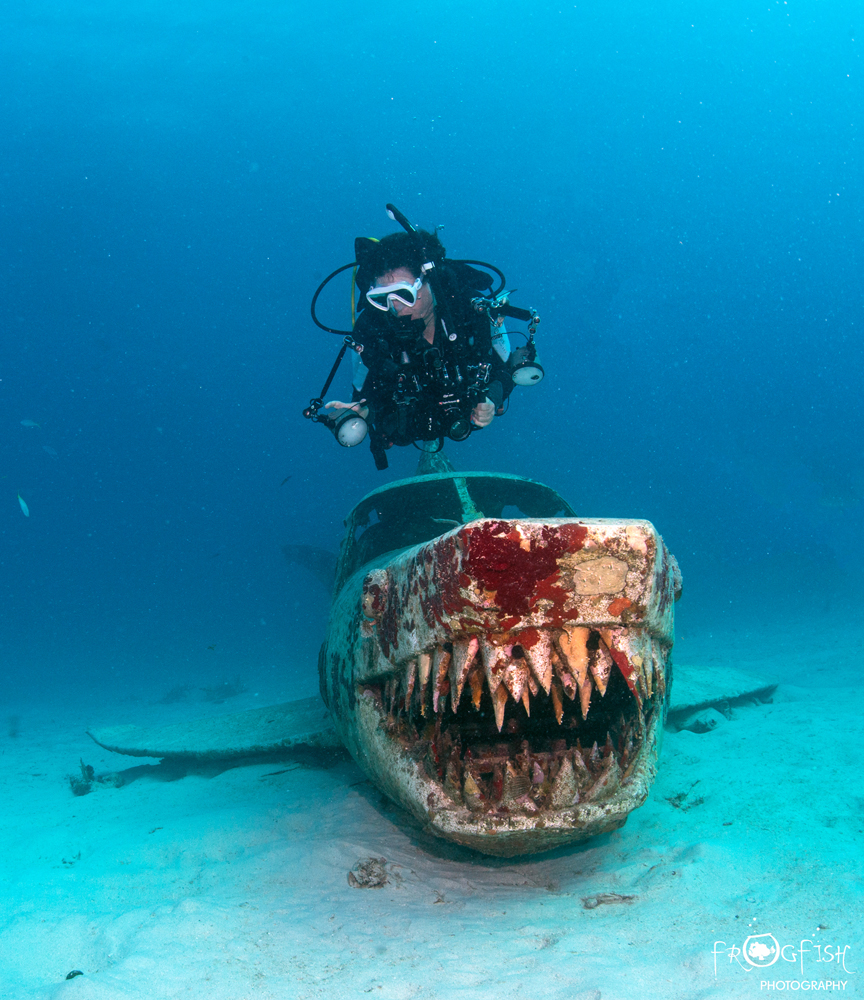
The BVI has plenty of artificial reefs, created from wrecks deliberately sunk. A couple of these are artistic creations from Beyond the Reef. The Willy T is a pirate themed party boat sunk in shallow water that now has skeletons of pirates duelling on the deck and going about their dastardly ways. It is a lot of fun and once you have had your fill, you can head up onto the shallow reef. Shark-plano is a series of three planes that were damaged in a hurricane, that have been turned into shark species and sunk. Both these sites are perfect for the diver that loves a bit of Instagram appeal!
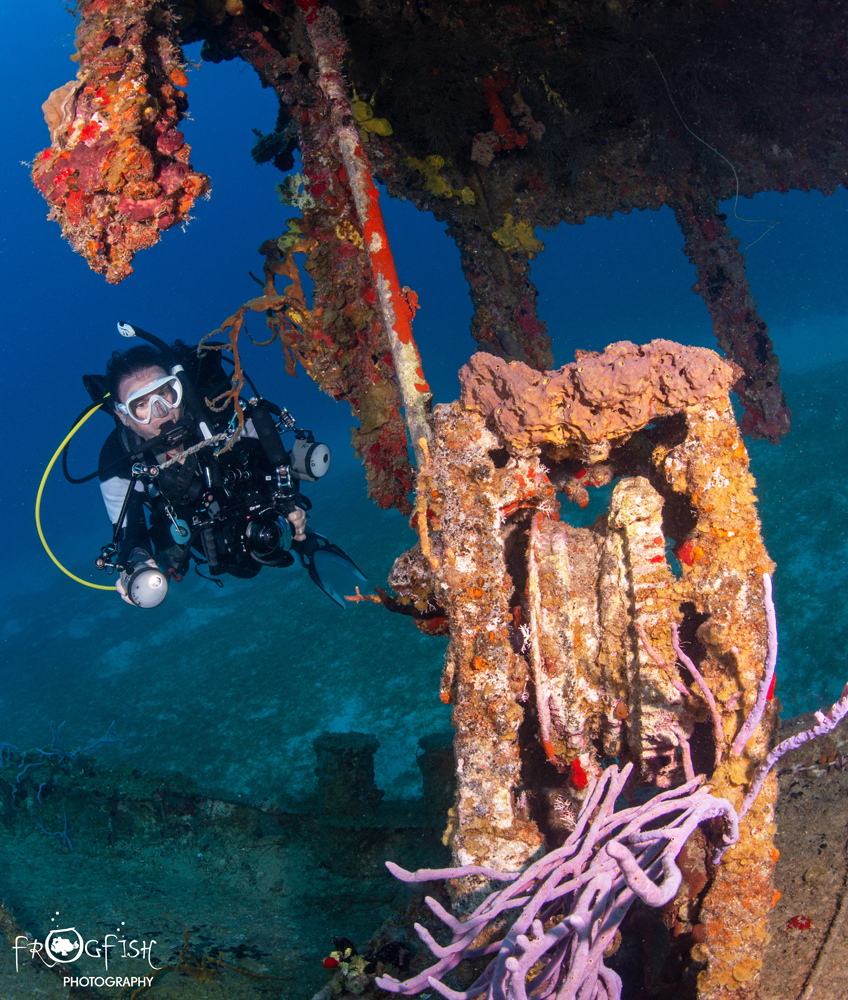
Wreck Alley has a series of three boats sunk to create a super dive site perfectly aligned for a single dive where you can explore them all. Moray eels can be seen free swimming along the decks, huge stingrays back the sandy seabed their home. Turtles cruise past as you make your way around and then up onto the reef for your safety stop.
On every dive we did we saw sharks which absolutely delighted us. The local dive shops seem to be particularly engaged in conserving the reefs, taking part in coral reef restoration, lionfish hunting, cleanups and logging their sightings. We were filled with positivity at the end of each day.
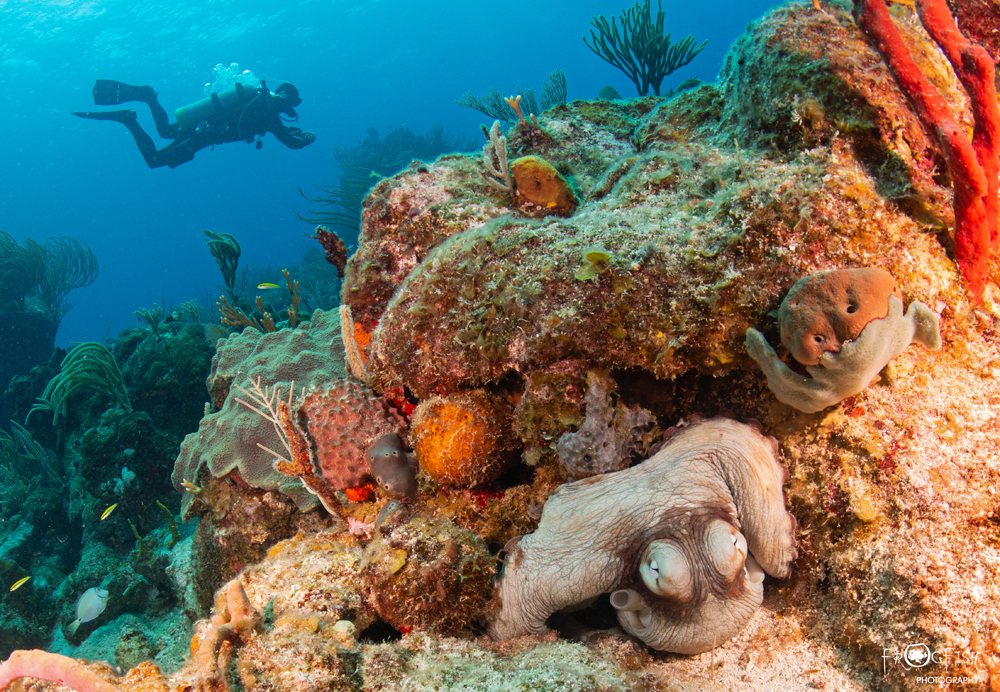
We hope that we can return to do it all again at BVI Wreck Week 2024!
Watch out for our full feature on BVI Wreck Week in the next issue of Dive Travel Adventures coming out in July.
For more information about BVI Wreck Week 2024 visit their website here.
Nick and Caroline were hosted by BVI Wreck Week
The Moorings provided their yacht for the week
Host Dive Centres:
Blogs
BVI Wreck Week – Diving the RMS Rhone (Part 2)
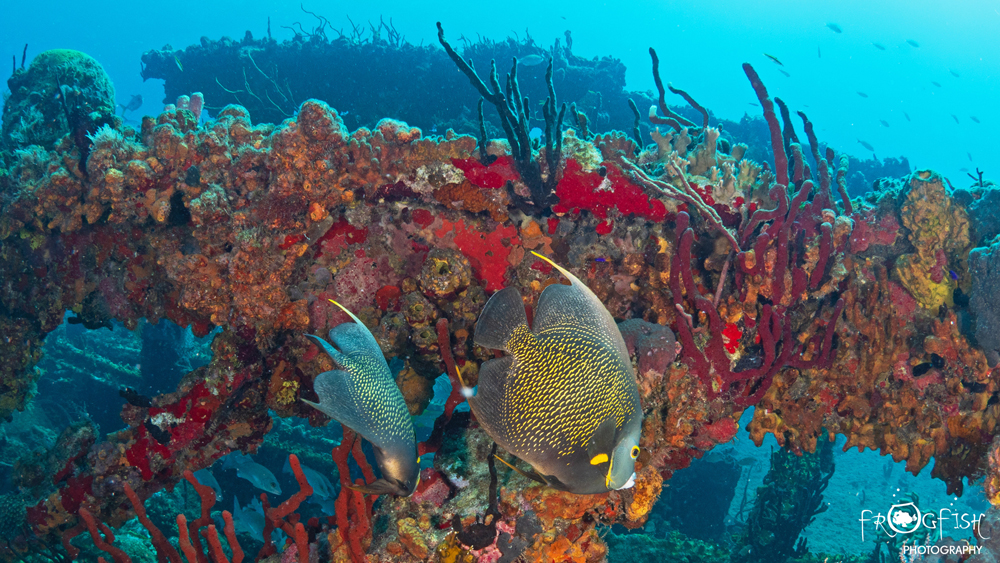
![]() You cannot talk about BVI Wreck Week, or diving in the British Virgin Islands, without spending some time on the jewel in their crown of wreck diving – the RMS Rhone. So this blog is going to be dedicated to a wreck dive that we were happy to dive three times on our trip and would have been happy to dive every day!
You cannot talk about BVI Wreck Week, or diving in the British Virgin Islands, without spending some time on the jewel in their crown of wreck diving – the RMS Rhone. So this blog is going to be dedicated to a wreck dive that we were happy to dive three times on our trip and would have been happy to dive every day!
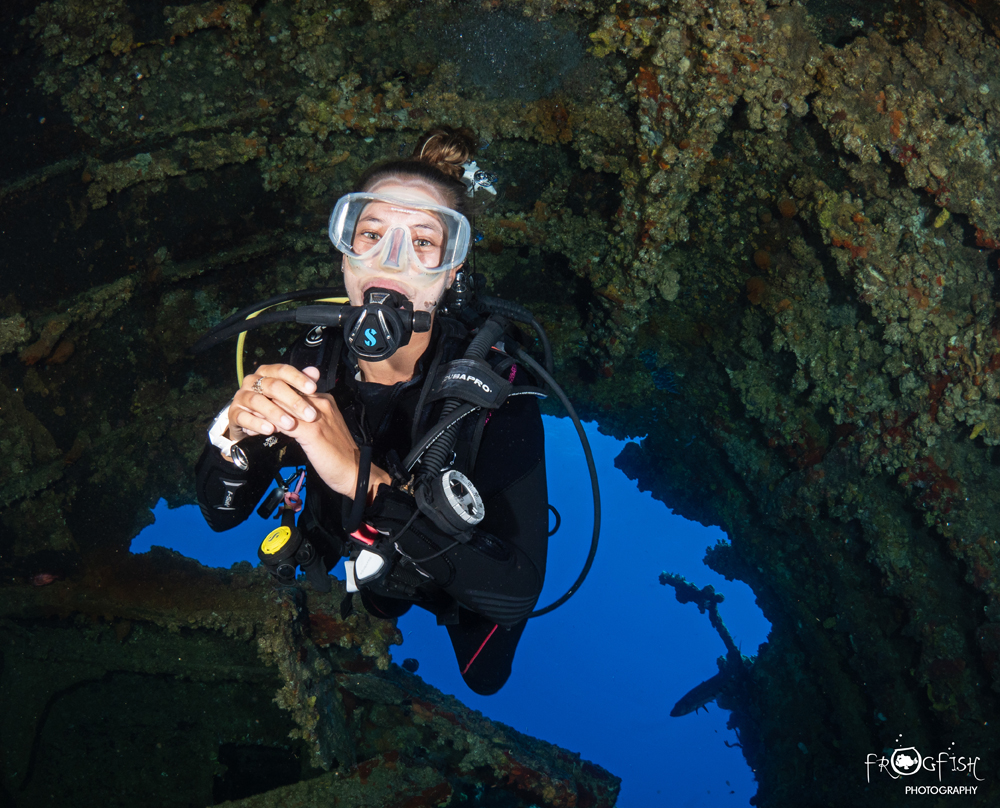
The RMS Rhone was a UK Royal Mail Ship wrecked off the coast of Salt Island on 29 October 1867 in a deadly hurricane. Now it is the most popular dive site in the region. The dive briefings for the site are filled with stories of the fate of the ship and some eye-opening tales since.
The wreck and surrounding area become the British Virgin Island’s first national marine park in 1980. Many of the underwater segments of the 1977 thriller The Deep were filmed on the Rhone, requiring actors Jacqueline Bisset, Nick Nolte and Robert Shaw to learn how to scuba dive.
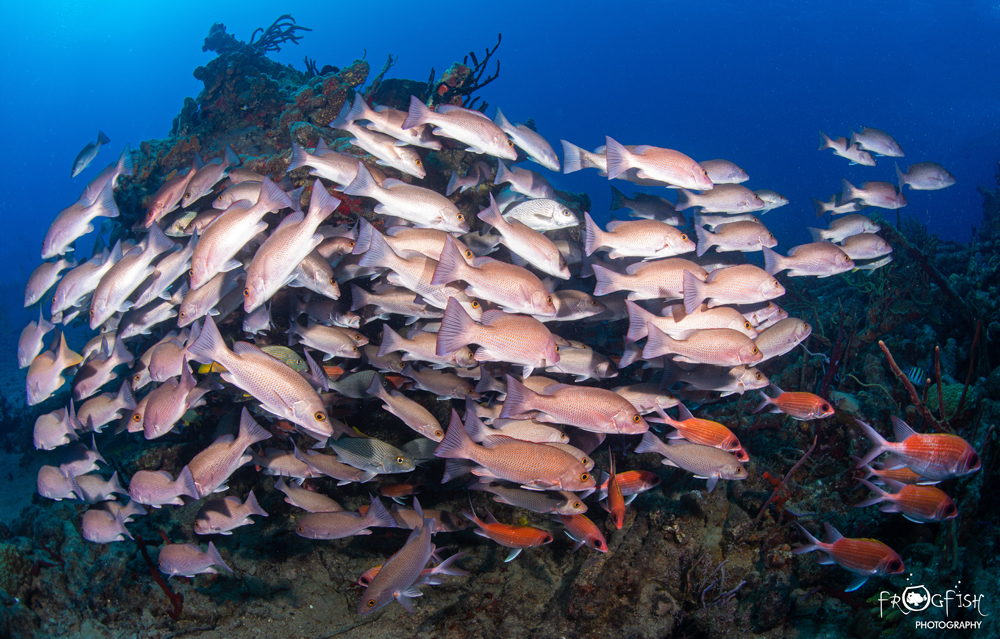
You’ll need at least two dives to fully experience the RMS Rhone. The ship split apart on sinking and the bow drifted just a little before sinking. The two halves are about 100 feet apart with the bow sitting in deeper water (around 25 meters / 80ft). So you are best to explore the bow fully on a single dive and then head to the stern on your second dive.

Whilst the history, artifacts and stories from the movies are absorbing, as soon as we got underwater to dive her, it was the incredible marine life that had us hooked. Two seahorses had made their home right at the bow of the wreck. Stingrays lay buried in the sandy sea bed. The structure is covered in colourful corals and sponges. Schools of fish occupy the overhangs and metal remains. We saw sharks on all three dives and were treated to a huge spotted eagle ray gliding over the wreck. Lobsters waved their antennae at us from every crevice. Life is everywhere you look on this dive.
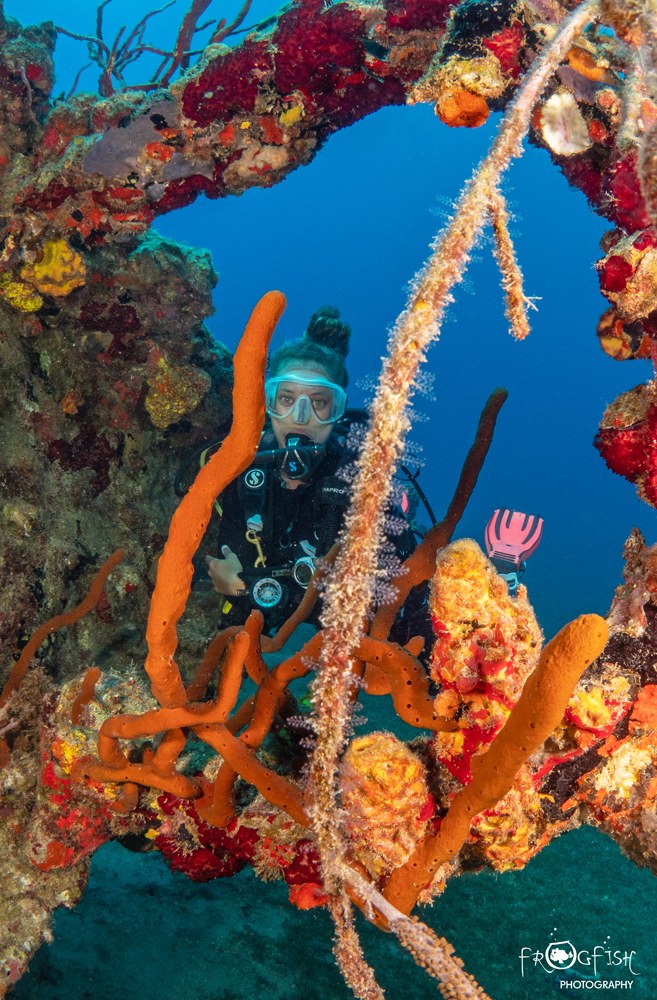
The marine park status has certainly ensured that this is one of the best wrecks we have dived in the Caribbean. Whilst we did not get the chance to do this – we bet it would make an awesome night dive.

Check out our next blog to find out more about the diving and watch out for our full feature in the next edition of Dive Travel Adventures Magazine in July!
For more information about BVI Wreck Week 2024 visit their website here.
Nick and Caroline were hosted by BVI Wreck Week
The Moorings provided their yacht for the week
Host Dive Centres:






